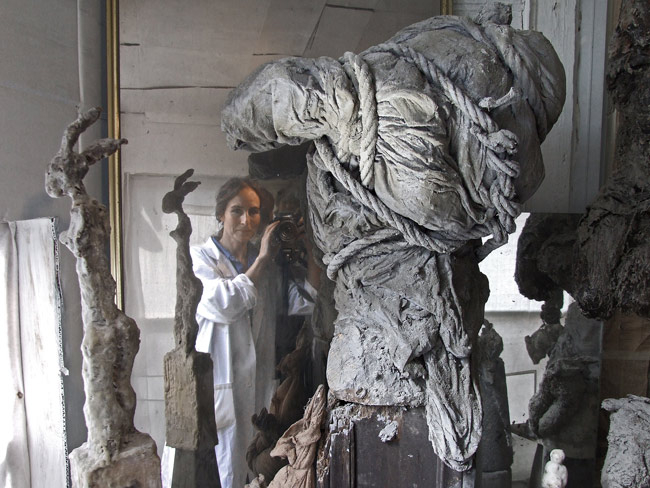Open Assessment
In June 2006, Joseph Wagenbach, the resident of 105 Robinson Street, Toronto, suffered a stroke and now lives in an undisclosed nursing home in Ontario.
When neighbours of Wagenbach noticed that the reclusive man had not been seen for weeks, they alerted the authorities, the house was opened and Wagenbach was found disoriented, agitated, and in very bad health.
As is usual, Public Guardians and Trustees entered the house for assessment and disposal, however it was discovered that the environment may comprise an as yet to be determined cultural value.
The assessment task fell to Municipal Archives; the on-site phase of legacy assessment of this type is usually concluded in a few days. However the scope and scale of the Wagenbach legacy has necessitated the full-time involvment of a senior archivist (Iris Haeussler) with a rotating staff of assistants; after constructing a temporary field office in early July the assessment has now proceeded since mid-July 2006 and is expected to be ongoing until the end of 2006.
Due to its potential significance, it was decided by the Board of Trustees to conduct this as an Open Assessment for a limited time, in which visitors were allowed limited access to the site,
• in order to raise awareness for the importance of a structured process of legacy assessment,
• to allow public participation in the decision making process of custodians of public interests,
• to facilitate a first-hand atmospheric experience of this environment,
• and to solicit additional biographic or other factual information about Joseph Wagenbach and the background and context of his work.
More than a thousand visitors have experienced the site in person between August 22. and November 12. 2006. This phase of public access to the Open Assessment has now been concluded as scheduled. My gratitude goes to my entire team of archivists, whose outstanding efforts have made this project possible.
Iris Haeussler,
Senior Archivist for the Wagenbach assessment

